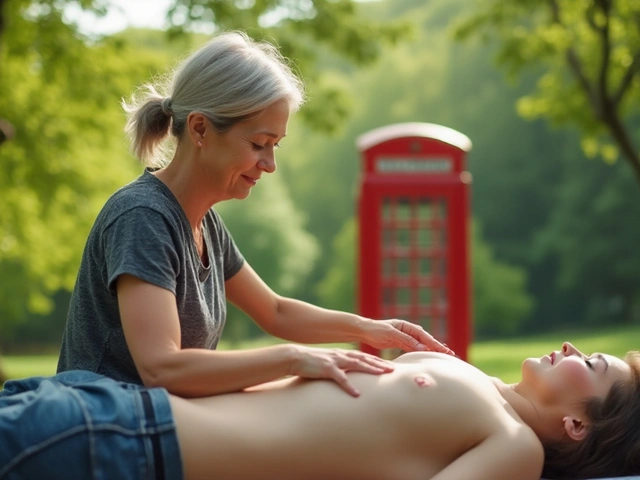Dog Skincare: Simple Steps for Healthy, Itch-Free Skin
Your dog’s skin shows how well they’re doing inside and out. Spotting problems early saves trips to the vet and keeps your pup comfy. Below are clear, practical steps you can use right away.
Daily Skin Checks and Grooming
Run your hands over your dog every day. Feel for bumps, hot spots, scabs, flaky patches, fleas, or anything sticky. Check ears, under the collar, tail base, and belly — these hide problems. Brushing removes loose fur and spreads natural oils that protect skin. Short-haired dogs need a soft bristle brush; long coats need a slicker or comb to prevent matting and skin irritation. Trim hair around paws and sanitary areas to stop dirt build-up and infection.
Bathing, Nutrition, and Treatment Tips
Bathe only when needed. Overbathing strips oils and dries skin; once a month is a good rule for most dogs, more often if they roll in dirt or have skin conditions. Use a dog-formulated shampoo with oatmeal or mild surfactants; human products upset pH and cause irritation. After the bath, dry well — damp fur invites yeast and bacteria.
Diet affects skin more than many owners expect. Add omega-3 rich foods like fish oil or flaxseed to reduce inflammation and improve shine. If your dog scratches a lot, try a short elimination trial with your vet to spot food allergies. Supplements with omega-3s and vitamin E often help, but check doses with your vet first.
For hot spots, trim the area, clean with a saline or vet-approved cleanser, and keep it dry. Topical sprays with antiseptic or mild steroid can calm things fast, but use only as directed. If you see hair loss, persistent redness, or your dog seems in pain, get to the vet — some skin issues need prescription meds.
Allergies and fleas are common culprits. Use year-round flea control and consider an antihistamine only after your vet confirms it’s safe. For seasonal allergies, bathing with a gentle cleanser after outdoor time washes off pollen and lowers reactions.
Sunscreen matters for light-colored or thin-coated dogs. Use pet-safe sunscreen on noses, ear tips, and any exposed pink skin. Humans sunscreens can be toxic if licked. For chronic dry skin, a light coat of coconut oil or vet-recommended moisturizer applied sparingly can help, but don’t overdo it — greasy coats lure dirt.
Always do a patch test before new products. Rub a small amount on a hairless area and watch for 48 hours for redness or itching. Keep a simple skin diary: note diet, new treats, and any seasonal pattern with photos. Home humidifiers in winter reduce flaking. Avoid perfumes, essential oils, and strong detergents on bedding — they can worsen irritation. Call your vet if signs worsen quickly.
Finally, massage helps skin health. Gentle stroking boosts blood flow, spreads natural oils, and is a great way to spot early problems. Learn a few basic canine massage moves or book a session with a trained therapist — it’s relaxing for you both and supports better skin long-term.

Discover the Benefits of Snail Facial Massage for Youthful Skin
Unlock the secrets of nature's unexpected skincare ally: the snail! This article delves into snail facials, exploring their origins, benefits for skin rejuvenation, the science behind them, and expert tips for incorporating them into your routine. Discover how these unique treatments offer a natural solution for achieving healthy, radiant skin.

Transform Your Beauty Routine with the Power of Gua Sha
Gua Sha, an ancient Chinese skincare technique, is becoming a modern-day beauty must-have. This article shares essential tips, fascinating facts, and a step-by-step guide to incorporating Gua Sha into your skincare routine. Learn how this practice can improve your skin's health and provide a natural, radiant glow.

Unlocking Radiant Skin with Gua Sha Techniques
Discover the ancient art of Gua Sha and how it can transform your skincare routine. Through simple yet effective techniques, this practice promises to help in achieving a glowing complexion. Explore tips, interesting facts, and step-by-step guides to incorporate Gua Sha into your daily ritual effortlessly.




